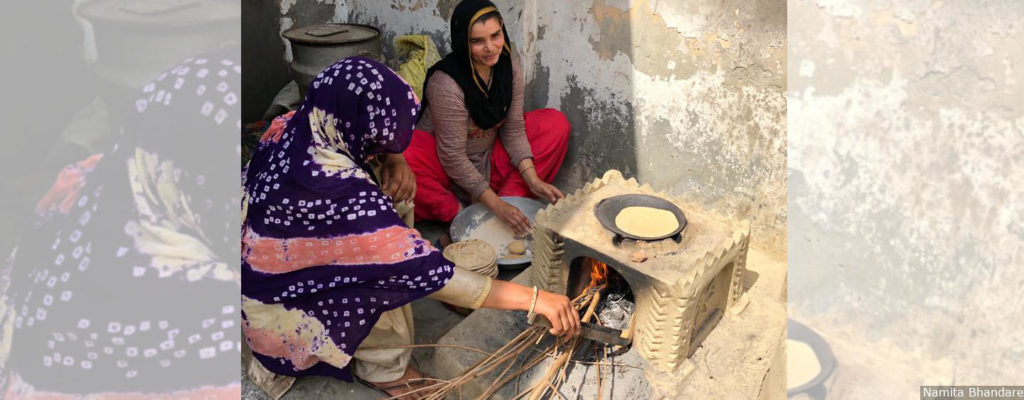This is the second in a three-part series on gender and the 2019 general elections I wrote for IndiaSpend

She may be the head of her village, but making rotis for her extended family of 22 is still her responsibility.
Hunched over the small chulha (earthen stove) in the family house at Hussainpur village in Haryana’s Nuh district, her hands efficiently slapping a small piece of dough into a round roti, Farhuna (she uses one name), smiled when she recalled the circumstances of her marriage–and election.
It was early in 2016. The panchayat elections were around the corner and the Haryana government had recently introduced a new eligibility condition. To contest the elections, women needed to prove that they had cleared their eighth standard exams; men had to be matriculates.
That year, the seat at Hussainpur was reserved for women. The problem: No woman in her husband’s family had ever been to school.
So Farhuna’s father-in-law began looking for a bride for his son. His only condition: Education. “He didn’t even take any dowry,” grinned Farhuna, proud holder of a bachelor of arts degree.
The family has a gas stove over which the vegetables and dal are made. But rotis taste better when they come out of a mud stove, and that is how they are made–some 70 of them for the afternoon and an equal number for the night meal–said Farhuna.